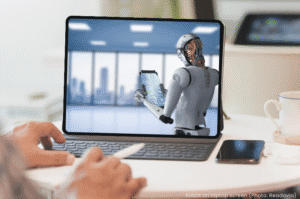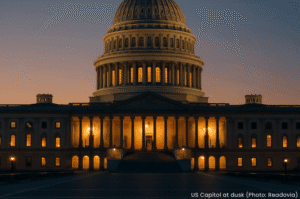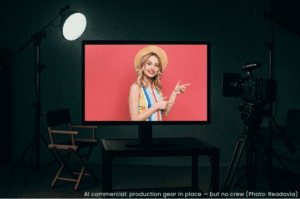AI-generated TV commercials are becoming so realistic, viewers can’t tell they’re synthetic. Discover how this tech is reshaping advertising — and why the industry is on edge.
AI-generated commercials are no longer just test runs buried on YouTube — they’re hitting the airwaves, and most viewers can’t even tell. From voiceovers to video production, advertisers are quietly rolling out fully AI-generated TV ads using tools like Runway, Synthesia, ElevenLabs, and Sora. The results? Slick, cost-effective spots that blur the line between human creativity and machine output — and send shivers through the traditional ad world.
Some of these commercials are shockingly convincing. AI avatars speak with emotional nuance. Virtual actors blink, gesture, and smile naturally. Entire 30-second spots — voice, video, and copy — can now be generated in a matter of hours. What once required full production crews, set rentals, casting calls, and costly edits can now be executed from a laptop.
The advertising industry is watching all of this with a mix of awe and dread. Agencies worry they’ll lose major contracts. Voice actors and video editors see automation closing in on their livelihoods. SAG-AFTRA has already raised concerns about the unauthorized use of performers’ voices and likenesses — particularly as deepfake realism improves. There’s also growing fear that synthetic ads could be used to manipulate, mislead, or simply saturate audiences with low-effort, high-volume content.
Brands, of course, are thrilled. AI lets them churn out dozens of ad variations for regional audiences, languages, or demographics — all without reshoots. In a competitive landscape where speed and personalization are king, AI offers a seductive edge. A marketing exec at one consumer goods company recently told AdWeek off the record: “If we can make six ad spots in a day for the cost of one? That’s a no-brainer.”
But as synthetic ads flood digital and broadcast media, questions loom. Should viewers be told when an ad is AI-generated? Should regulations step in to label synthetic content? And how far can this technology go before it erodes trust in what we see and hear?
For now, the industry is racing ahead. One thing is clear: the era of the fully human-made TV commercial is officially over.
The Author

Kai Zhang
Staff Writer, Readovia













